#knossos
Text
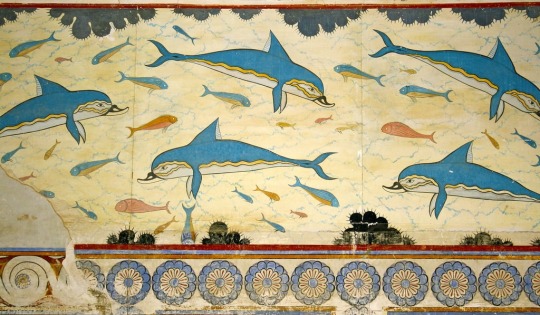

Dolphins Fresco, Palace of Knossos (& detail)
c. 1700-1450 B.C.
#knossos#fresco#dolphins#ancient art#antiquities#minoan civilization#minoan art#minoan#beautiful animals#nature#wildlife#beautiful dolphin#aesthetic#beauty#animals in art#art history#aesthetictumblr#ancient history#ancient world#tumblraesthetic#tumblrpic#tumblrpictures#tumblr art#tumblrstyle#artists on tumblr
2K notes
·
View notes
Text
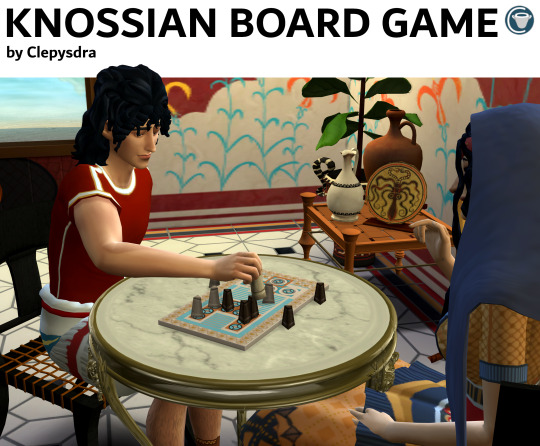

Knossian Board Game
This is modeled after an ancient bronze age artefact unearthed at Knossos, believed by archeologists to be an early board game.
The game is a chess clone and playing it will increase the logic skill.
Make sure when you are placing the object in build mode, you first attach chairs to the board game itself, and then place a table of your choosing underneath the game (using the commands testingcheats true and then bb.moveobjects on). If you do not follow these steps, the sims will not be able to sit and play!
BOARD GAME DOWNLOAD - Dropbox (no ads)
#my cc#my bb cc#sims 4 cc#sims 4 mods#sims 4 buy cc#sims 4 buy mode#sims 4 build and buy#minoan#knossos#bronze age#ts4cc#ts4mm#ts4 history#ts4 early history#ts4 ancient history#ts4 historical#ts4 historical cc#s4cc#ts4 cc
272 notes
·
View notes
Text

Arthur Evans' reconstruction of the Dolphin Frescos, Knossos Minoan archaeological site, Crete
#minoan#minoan art#minoan crete#minoan civilization#artistic#art#greek art#knossos#greece#creteisland
400 notes
·
View notes
Text
Do you think the Minotaur ever lamented his loneliness in the Labyrinth of Knossos. Do you think he made some small corner of it a home. Do you think he traced the cracks in its walls with knowing fingers. Do you think he found happiness despite it all?
126 notes
·
View notes
Text


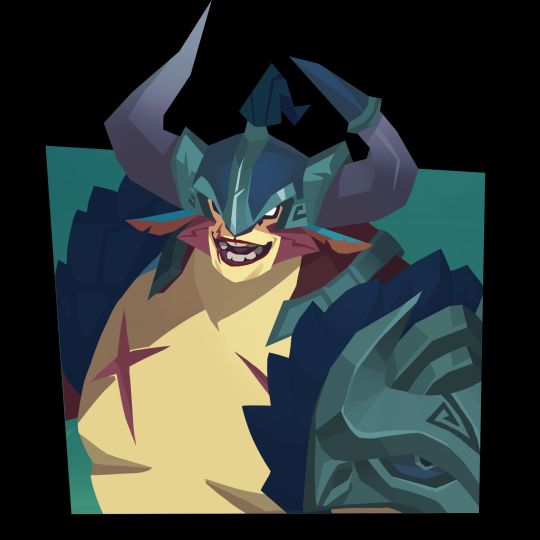

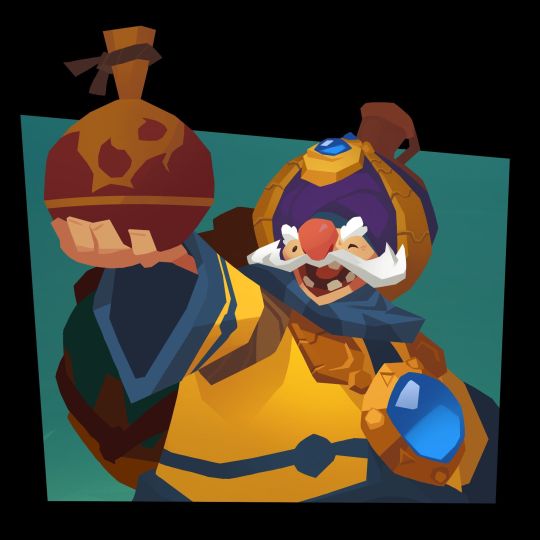
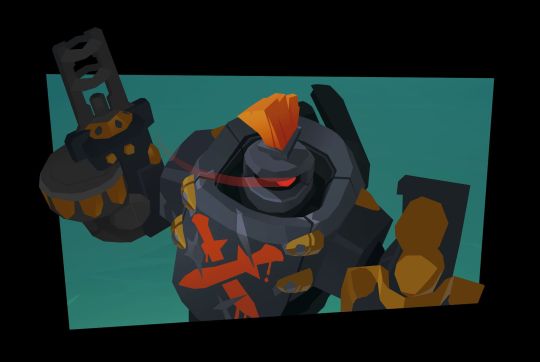
Character Art by Eric Dagley
#gigantic#go gigantic#gogigantic#gigantic game#ggntc#beckett#knossos#pakko#charnok#uncle sven#hk-206#pleasantly surprised!! i havent seen some of these
71 notes
·
View notes
Photo

Dagger with inlaid Griffin,
Knossos, Crete, Greece. 1450-1375 BC.
Bronze, ivory, gold and silver.
“It is a short copper sword, 40 cm long. It has an elephant apple and an elephant-lined handle, which has been fixed with gold-plated silks. The sword has an insert decoration of a sitting flu with open gold wings on both sides.
This is the technique of ink insert decoration, formerly called niello and with it the famous Mycenaian Greek textbooks have been manufactured.The insert trim was done inside a cut, which followed the outline of the copper alloy-based fluoride by applying gold and silver foil to the shaped surface of the sword... "
( an interview with Dr. Athanasia Kanda with the theme: "The City of Knososos, a "timeless" center of worship. "
Ephorate of Antiquities of Heraklion © Hellenic Ministry of Culture and Sports / Hellenic Organization of Cultural Resources Development
#art#design#dagger#griffin#knossos#crete#greece#bronze#ivory#gold#silver#style#history#antic#antiquity#ephorate of antiquities of herakliion#culture#sword#niello
517 notes
·
View notes
Text
The Top 6 Penis Bones in Archaeology

Video on YouTube here: https://youtu.be/h3I9ny2O8XI
It's got dickbones, non-dickbones, cool archaeology, paleontology, and biology, some more wangs, and a few jokes. Check it out and share it with friends!
#archaeology#scicomm#baculum#bacula#dick bones#bony wangs#prehistory#history#domestication of dogs#bone tools#zooarchaeology#paleontology#La Brea Tar Pits#Knossos#Anderson Site#Amsterdam#bone jokes
64 notes
·
View notes
Photo
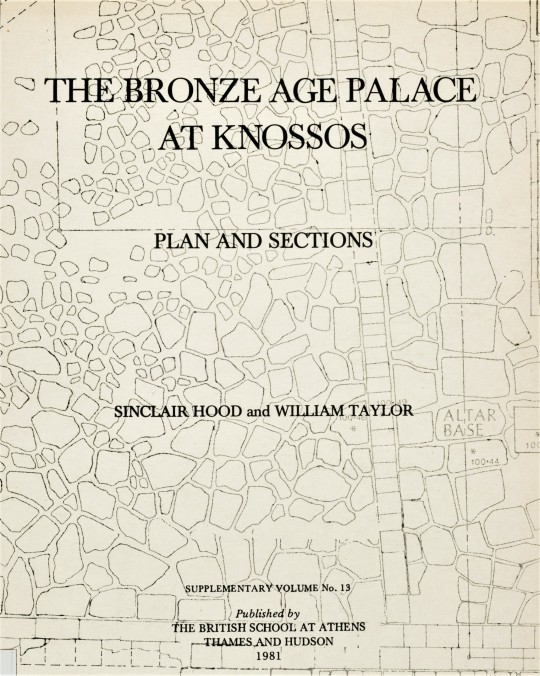
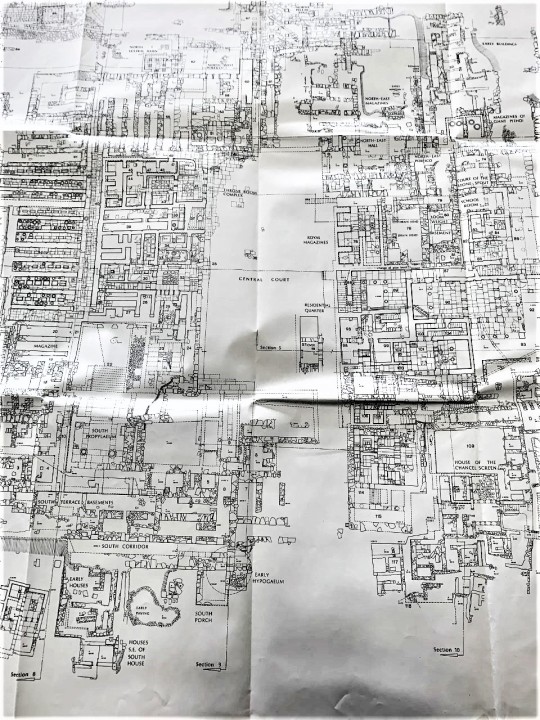
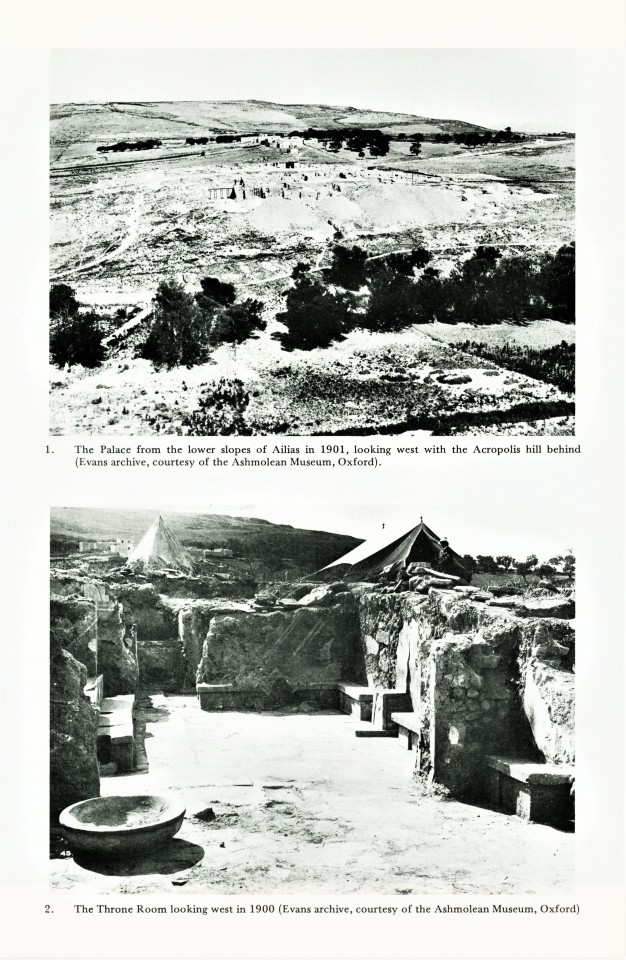

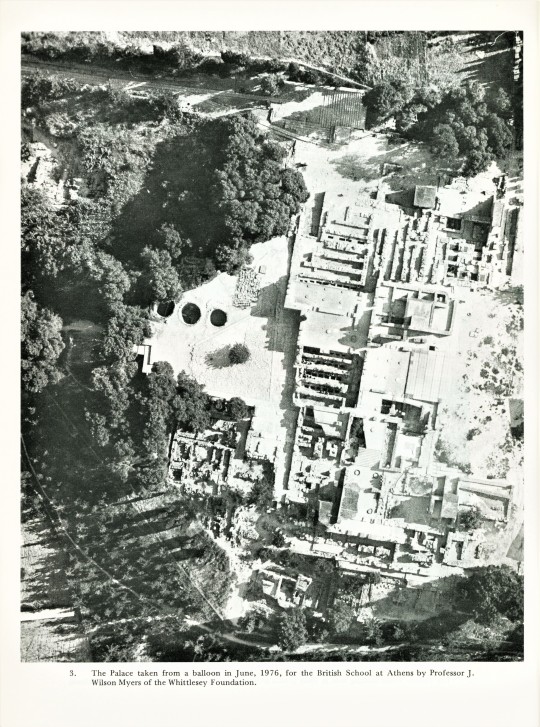
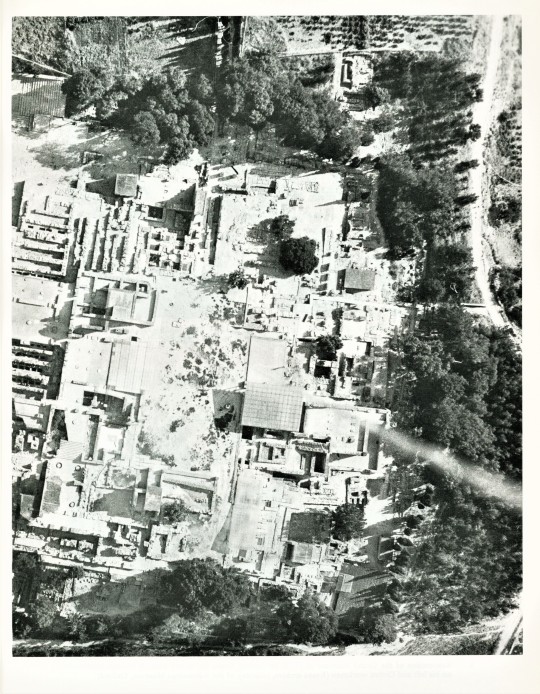


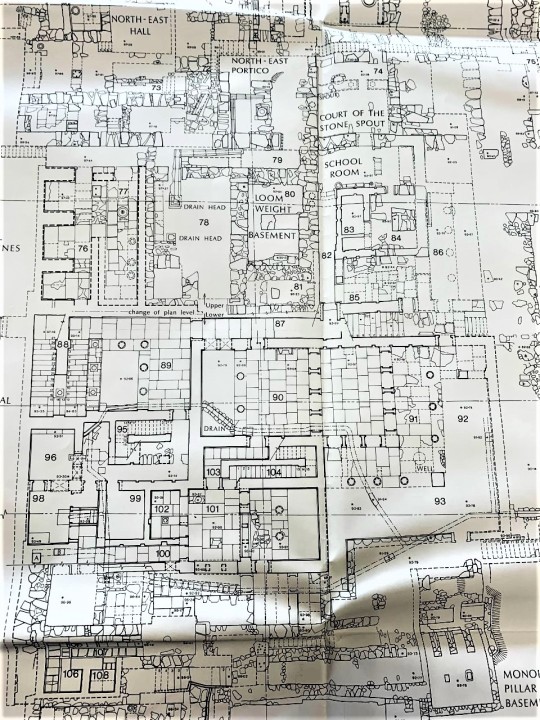
The Minotaur in the Labyrinth
The Minotaur in the Labyrinth stands as one of the ancient stories that has survived the test of time and continuously appears in mainstream entertainment. Most understand that this concept began with the story of Theseus of ancient Athens and how he navigated the labyrinth and slayed the beast within, but many don’t know the inspiration of this idea.
Nearly a millennia before Classical Greece rose to the height of its power (500-350 BCE) the two leading cultures of the Aegean Sea were the Mycenaeans on the mainland and the Minoans on modern day Crete, and it is on this island that we find the labyrinthian structures of Bronze age Greece.
The Bronze Age Palace at Knossos: Plan and Sections by British archaeologist Sinclair Hood and Canadian archaeologist William E, Taylor, Jr., was published as Supplementary Volume No. 13 of The British School at Athens in 1981. It shows the archaeological remains of one of the many Minoan Palaces. Though mostly destroyed and crumbling, we can still see the complex layout of halls and rooms that twist, turn, and abruptly end. Beginning with the excavations of Sir Arthur Evans in 1900, scores of theories have been raised about the purpose of such confounding architecture, from a form of defense to a means of controlling foreign visits.
Besides the confusing architecture, though no depictions of minotaurs were found, Minoan Palaces such as the one at Knossos did contained several pieces of art that depicted bulls. Upon further inspection, the symbol of the Bull was quite prominent throughout the ancient culture from sports, such as bull leaping, to religious sacrifice.
When looking to those who lived in the past, one should remember that we are not the only ones who inquired about archaeological remains. These ruins would’ve been seen by the Classical Greeks, but by that time their imaginations about the great Palaces and Bull iconography of the Minoan civilization was transformed into the myth of the Minotaur in the Labyrinth.
View more posts on Ancient Greece.
-- LauraJean, Special Collections Undergraduate Classics Intern
#Ancient Greece#Minotaur#labyrinth#Minoans#Knossos#The Bronze Age Palace at Knossos#bronze age#Palace at Knossos#archaeology#Sinclair Hood#William E Taylor Jr.#British School at Athens#greek mythology#Crete#LauraJean
318 notes
·
View notes
Photo
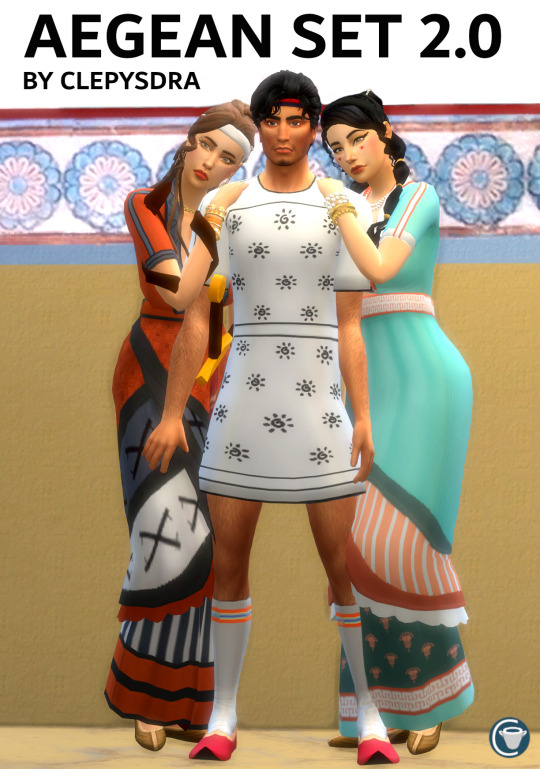

Aegean Set 2.0
Revisiting Ariadne and Phaedra to give them some clothes! And also a tunic for Theseus. The outfits are based off of ancient Minoan and Mycenaean clothing (with huge inspiration taken from the reconstructions by Dr. Bernice Jones; I don’t think I’d be able to visualize their shapes from the ancient frescos alone), although some swatches are more historically accurate than others.
~You can find the first half of the Aegean set here.~
Ariadne Dress (UPDATED 1/2/24)
Long dress category
15 swatches
Base game compatible
Feminine
Theseus Tunic
Short dress category
17 swatches
Base game compatible
Masculine
DRESS DOWNLOAD - Dropbox (no ads)
TUNIC DOWNLOAD - Dropbox (no ads)
~Also, the Manthos sword on Theseus’ hip is by the amazing @kyriat-sims~
#my cc#s4cc#ts4cc#minoan#mycenaean#mycenae#knossos#aegean#mediterranean#bronze age#ts4 history#ts4mm#ariadne#phaedra#theseus#mythology#history#ancient history#crete#cretan#greek#ancient greece#greece#mythos
386 notes
·
View notes
Text

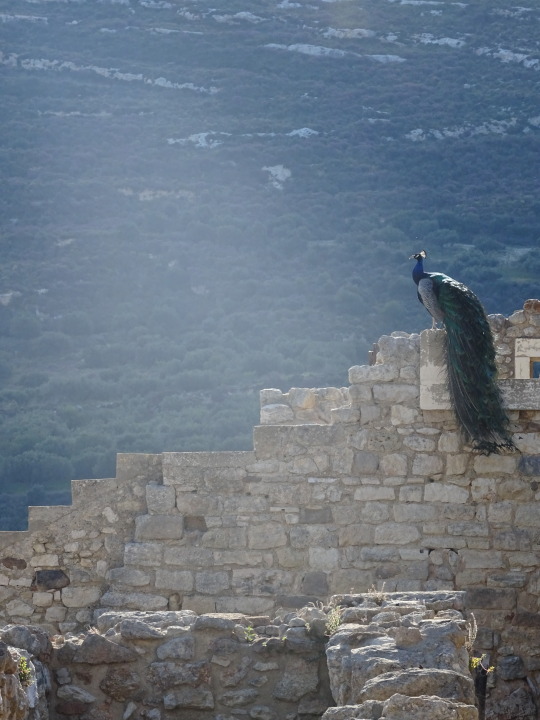
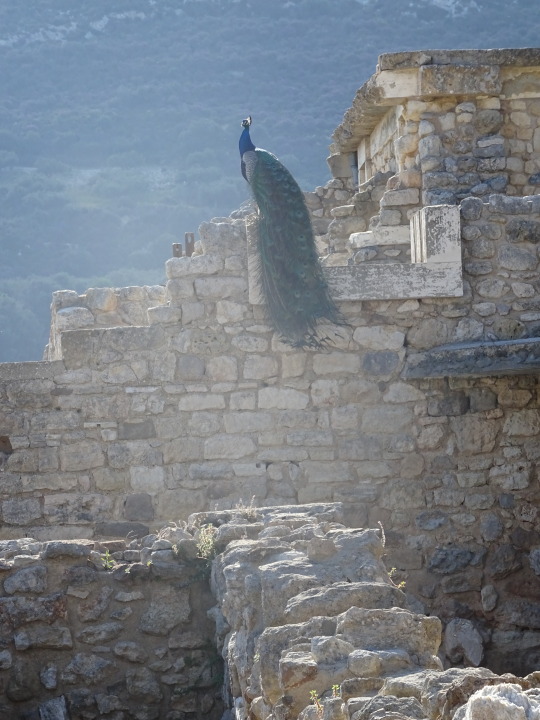
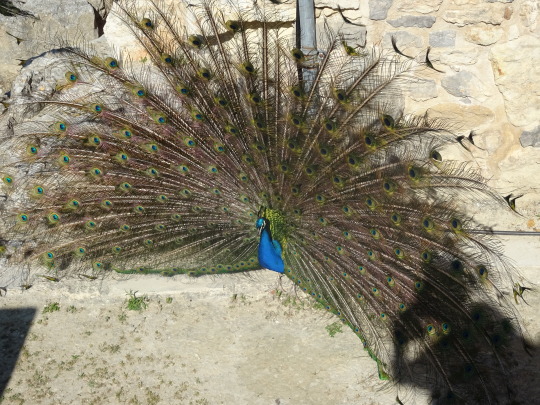
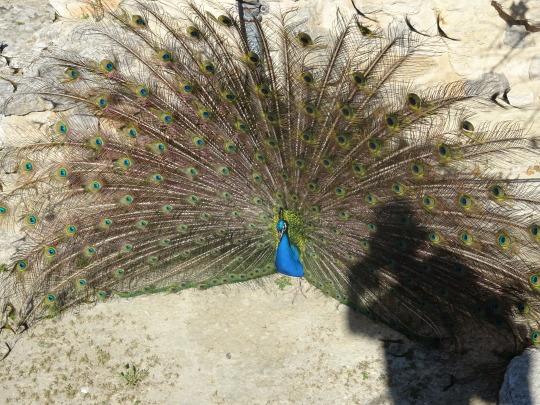

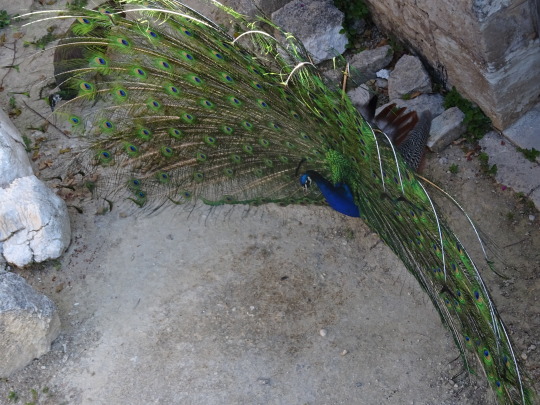



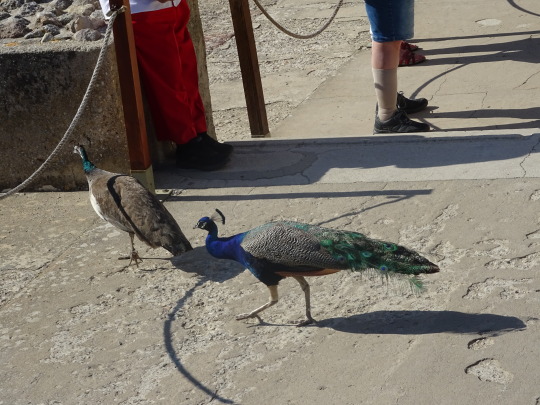
Stolze blaue Pfauen bewohnen heute den minoischen Palast von Knossos auf Kreta, etwa fünf Kilometer südlich von Iraklio. Knossos war ein antiker Ort mit dem größten minoische Palast von Griechenland. Die wohl ältesten Ziervögel wurden bereits in Sagen der griechischen Antike erwähnt.
97 notes
·
View notes
Photo
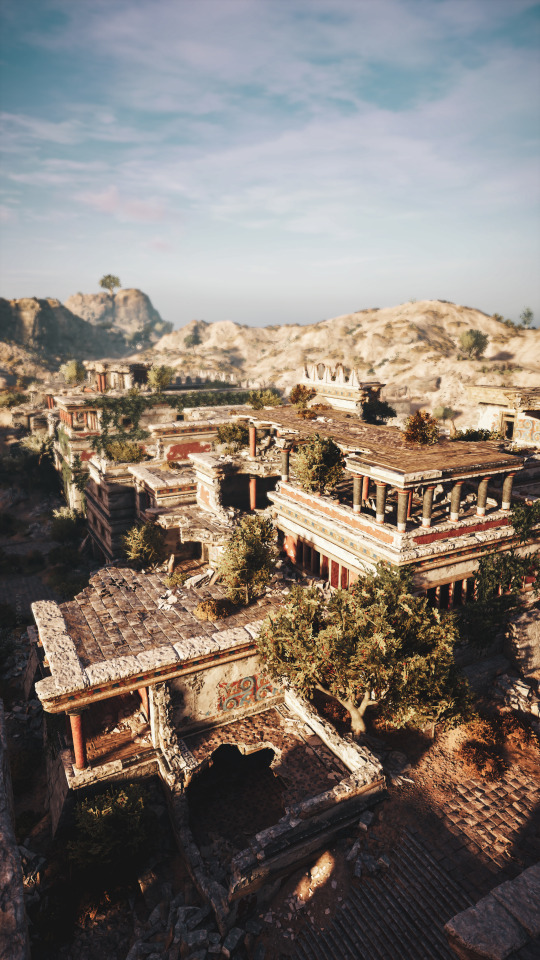
#acodyssey#assassin's creed#assassin's creed odyssey#knossos palace#krete#knossos#crete#ubisoft#gamingedit#my gaming photo#virtual photography#Gaming Photography#gaming photo#photomode
63 notes
·
View notes
Text
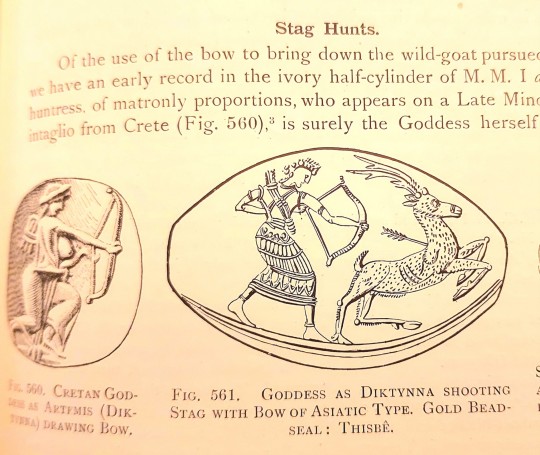
For your perusal and enjoyment; Minoan sealstones from Knossos, seeming to show an Artemis or an Atalanta sort of figure.
Or, well, some completely different lady archer with nice cans motif we don't understand because we can't read Linear A.
This is from an early 1900s copy of Arthur Evans' books on his excavations at Knossos. He's a sucker for incredibly obvious fakes like the Boston snake goddess, and really reaches to see scenes from later Greek myth in seal-stones- but he shows a lot of material that seems to have fallen out of circulation in later books that just seem to summarise each other.
#minoan#mythology#artemis#atalanta#greek mythology#bronze age#knossos#arthur evans#archaeology#ancient civilizations
21 notes
·
View notes
Photo

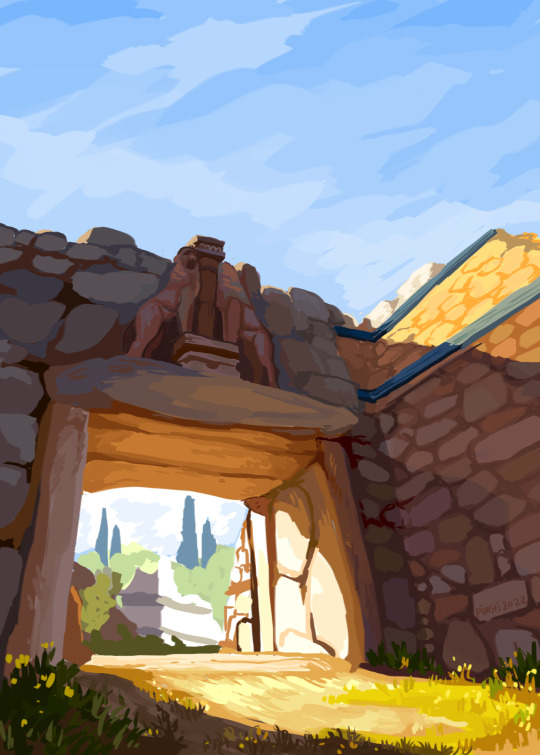
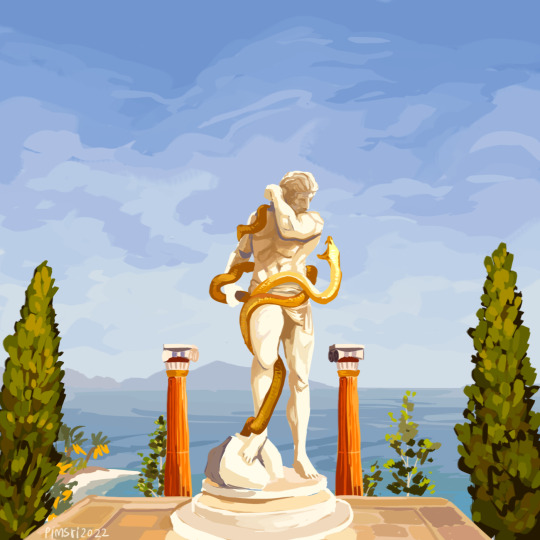

Fearless, we breath;
With silent whispers through the ancient trees
Where legends grow.
#Screenshots redraw#screenshot redraw#assassin's creed odyssey#ac odyssey#assassin's creed#pimsriart#i strained my hand aaaaaaaaaaaaa#anyway im very proud of them lol#so fun except maybe the temple in the sounion one#knossos#mycenae#sounion#apollo#ancient greece
953 notes
·
View notes
Photo
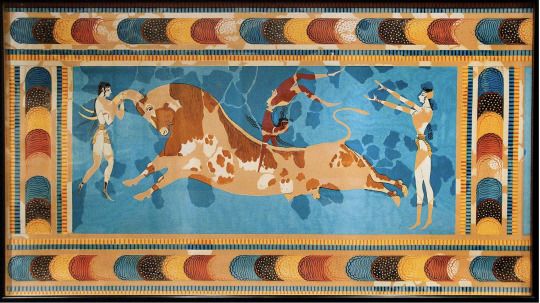
Minoan frescoes unearthed in 1878 at Knossos on Crete
563 notes
·
View notes
Text
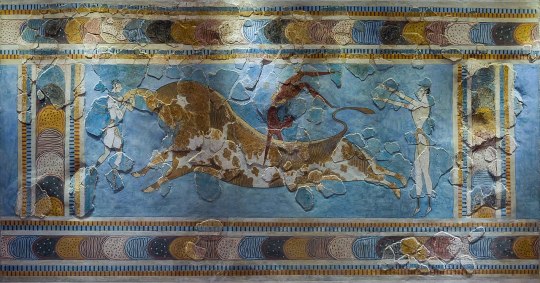
Minoan, Knossos Palace Upper Throne Room Gallery: The Bull Leapers, ca. 1450 BCE, fresco on stucco (Heraklion Archaeological Museum, Crete)
The Palace of Knossos, North entrance:
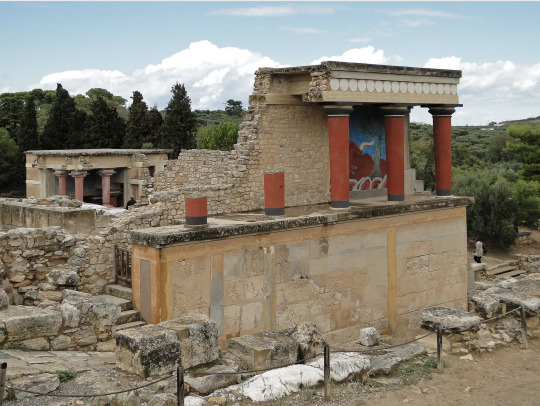
Upper Gallery of Throne Room:

Replica of The Bull Leapers in situ (placement on wall highly hypothetical):
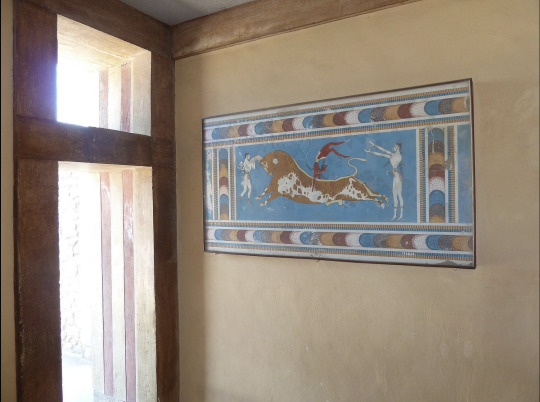
144 notes
·
View notes